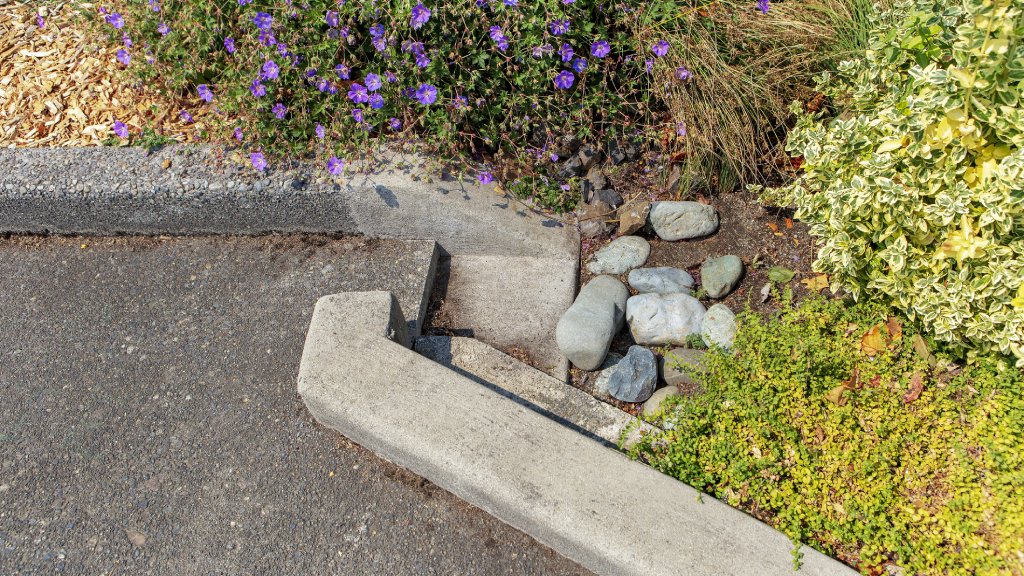Bioswale Vs. Rain Garden - Know The Difference
Bioswales are an ingenious and environmentally friendly way to deal with water runoff. But they're not quite rain gardens. Learn more here.


Rain gardens and bioswales are similar, but not exactly the same type of garden feature. Either can be both useful and attractive in a yard or garden. Learn more about the rain garden and bioswale definitions to learn which is best for your space.
What is a Rain Garden?
A rain garden is a planting or bed designed to capture runoff from a house, driveway, or road. It is often situated in a depression or a low area of the yard. The plants are types that tolerate or thrive with a lot of moisture.
What is a Bioswale?
A bioswale, or bioretention swale, is a feature designed to carry storm runoff, typically from a road, parking lot, or driveway. It carries the water to a different location, sometimes a stream or pond.
The shape and size of a bioswale varies somewhat, depending on the location and the needs of the area. In general, it is like a channel or trench, longer than it is wide.
A bioswale filters stormwater and is an alternative to a storm drain. The best plants for a bioswale tolerate drought for dry periods, are native species, and have deep roots to help the water infiltrate the soil.
Bioswale vs. Rain Garden
Both of these features can be useful in a garden, but they don’t serve the same purpose. Both provide important benefits:
- If designed and planted correctly, bioswales and rain gardens filter pollutants out of storm runoff.
- They manage rainwater and prevent standing water.
- They replenish groundwater.
- With native plants, both features offer habitat for pollinators and other wildlife.
Consider using a bioswale if you get a lot of stormwater from a street or your driveway or if you want to convey the water to a more distant location.
Sign up for the Gardening Know How newsletter today and receive a free copy of our e-book "How to Grow Delicious Tomatoes".
A bioswale has a more complicated design, so it will be more difficult and time-consuming to build than a rain garden. Depending on the size you need, consider working with a landscape company to construct a bioswale.
It will probably also cost more to make a bioswale. You might need to amend the soil to make it easier to infiltrate. If it’s a large bioswale, you will need to buy more plants.
A rain garden is much simpler to create but it won’t move the water to another location. Consider a rain garden if you have a natural depression in your yard. This is an ideal spot to plant moisture-tolerant native species.

Mary Ellen Ellis has been gardening for over 20 years. With degrees in Chemistry and Biology, Mary Ellen's specialties are flowers, native plants, and herbs.